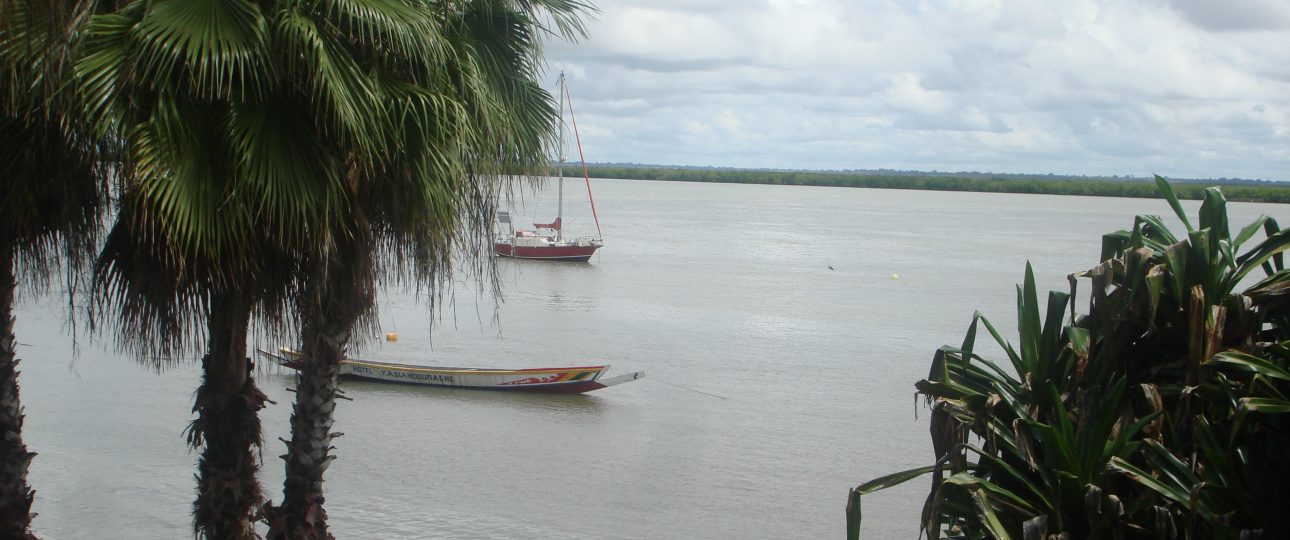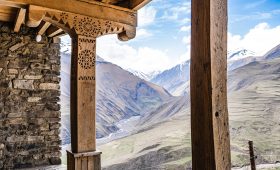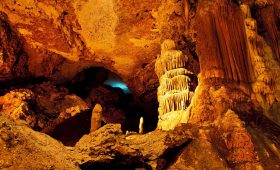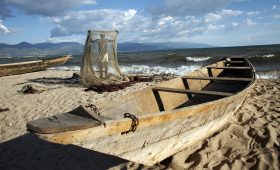Exploring the Casamance River in Senegal
Traveling through Senegal’s southern region, the Casamance River offers a unique experience for those willing to explore beyond the usual tourist paths. This area is not just about stunning landscapes but also rich cultural diversity and history. Here’s what you need to know to make the most of your visit.
The Natural Beauty of the Casamance River
The Casamance River meanders through lush landscapes, offering a serene backdrop of mangroves and tropical forests. This region is a haven for wildlife enthusiasts. You might spot tropical birds, and if you’re lucky, dolphins. For a more immersive experience, consider exploring the mangrove waterways, known locally as ‘bolongs,’ by kayak or motorized boat. Several local operators offer equipment rentals and guided tours.
Cultural Diversity and History
The Casamance region is a tapestry of ethnic groups, primarily the Jola and Bainuk, with significant populations of Balanta, Mande, and Fulani peoples. This diversity is reflected in the area’s vibrant cultural practices. The Jola people, although a minority in Senegal, are known for their intricate woodcarvings and lively festivals. Visiting a traditional Jola village can provide insights into their customs and way of life.
It’s important to note the region’s complex history. The Movement of Democratic Forces of Casamance (MFDC) has been advocating for greater autonomy since 1982, leading to a conflict that began in 1990. While the area has been relatively peaceful since 2004, travelers should remain aware of the potential for sporadic unrest.
Culinary Delights
The Casamance region is renowned for its seafood. Local dishes like grilled prawns, fish stew, and yassa chicken are must-tries. These meals are often prepared using recipes passed down through generations, offering a taste of the region’s culinary heritage.
Practical Travel Tips
Best Time to Visit
The ideal time to explore the Casamance River is during the dry season, from November to May. This period offers mild temperatures and minimal rainfall, making it perfect for outdoor activities. The rainy season, from June to October, can bring heavy rains and potential flooding, which might disrupt travel plans.
How to Get There
To reach the Casamance River, fly into Dakar and take a domestic flight to Ziguinchor, the region’s largest city. Alternatively, there’s an overnight ferry from Dakar to Ziguinchor, offering a scenic journey. Cap Skirring, a popular coastal town, also has a small airport with flights from Dakar.
Local Transportation
Once in the Casamance region, shared taxis known as ‘sept-place’ and minibuses frequently travel between Cap Skirring and Ziguinchor. These are cost-effective options for getting around. For more flexibility, consider hiring a private car or motorcycle.
Accommodation Options
Accommodation in the Casamance ranges from luxury resorts to budget guesthouses. For a more authentic experience, consider staying in a traditional Jola hut. Regardless of your choice, booking in advance is advisable, especially during peak travel seasons.
Safety Considerations
While the Casamance has been largely peaceful since 2004, travelers should remain cautious. Armed robberies can occur, so it’s wise to stay informed about local conditions and travel advisories. Always prioritize safety and be aware of your surroundings.
With its blend of natural beauty, cultural richness, and historical depth, the Casamance River offers a rewarding travel experience for those willing to explore its many facets.




